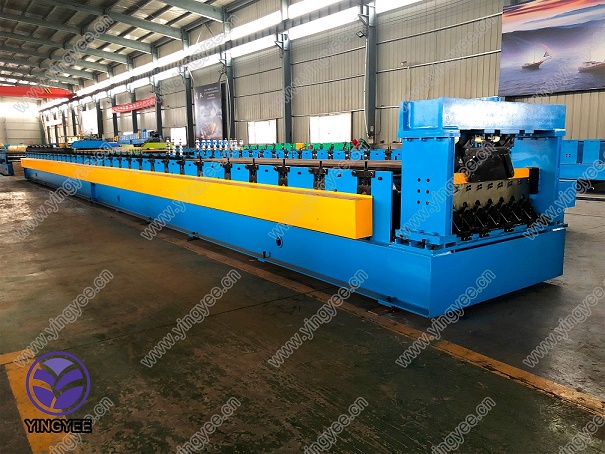
Understanding the Decoiler An Essential Component in Metal Processing
In the world of metal processing, the decoiler plays a critical role in the efficient handling and transformation of coiled metal materials. As industries increasingly rely on automation and streamlined processes, decoilers have emerged as indispensable tools that enhance productivity and precision.
A decoiler, often referred to as a coil unroller or coil feed system, is a machine designed to unwind rolled metal sheets or strips. These coils are typically made of steel, aluminum, or other metals and come in various thicknesses and widths. The ability to effectively manage these coils is essential for industries such as automotive, aerospace, construction, and manufacturing, where metal components are integral to production.
The Working Principle of a Decoiler
The fundamental operation of a decoiler revolves around its ability to release a coil of metal in a controlled manner. When a coil is placed on the decoiler, it is supported by a series of hard or soft rollers that ensure smooth unwinding. As the decoiler operates, it allows the metal to be fed into downstream equipment such as presses, shears, or laser cutting machines.
Decoilers come in two main types manual and automatic. Manual decoilers require an operator to feed the coil and manage its unwinding, which can be labor-intensive and limit productivity. On the other hand, automatic decoilers are designed with advanced mechanisms that allow for continuous feeding without manual intervention, significantly enhancing efficiency.
Advantages of Using Decoilers
1. Improved Workflow By automating the process of unwinding coils, manufacturers can achieve a smoother workflow in their production lines. Automatic decoilers ensure a steady supply of material to processing machines, reducing downtime and increasing output.

2. Reduction in Material Damage Decoilers are designed to minimize the risk of damaging the metal material during unwinding. With controlled tension and speed, the likelihood of bending, scratching, or otherwise altering the metal strip is greatly reduced, leading to higher-quality finished products.
3. Versatility Modern decoilers can handle various coil sizes and materials, making them adaptable to different production needs. Whether dealing with lightweight aluminum or heavy-duty steel, there is a decoiler suited for the task.
4. Safety Features Automatic decoilers often incorporate safety features such as emergency stops, automatic brakes, and sensors to prevent accidents and ensure safe operation in busy manufacturing environments.
The Future of Decoilers
As technology evolves, so too does the design and functionality of decoilers. The integration of smart technology, artificial intelligence, and IoT (Internet of Things) within manufacturing processes allows for real-time monitoring and adjustment of decoiler operations. This can lead to predictive maintenance, where potential issues are identified before they cause significant disruptions, thereby enhancing productivity and reducing costs.
Moreover, advancements in material science may give rise to innovations in coil design and capability, requiring decoilers to adapt accordingly. Manufacturers that stay ahead by investing in modern decoiling technology will likely gain a competitive edge in the market.
Conclusion
In summary, the decoiler is a vital piece of equipment in metal processing that contributes to efficiency, material integrity, and overall productivity. Whether manufacturers are looking to enhance their existing operations or invest in new technology, understanding the role of decoilers is essential. As industries continue to embrace automation and smart manufacturing, the importance of a reliable and efficient decoiling system will only grow, ensuring that businesses can meet the ever-increasing demands of their markets.